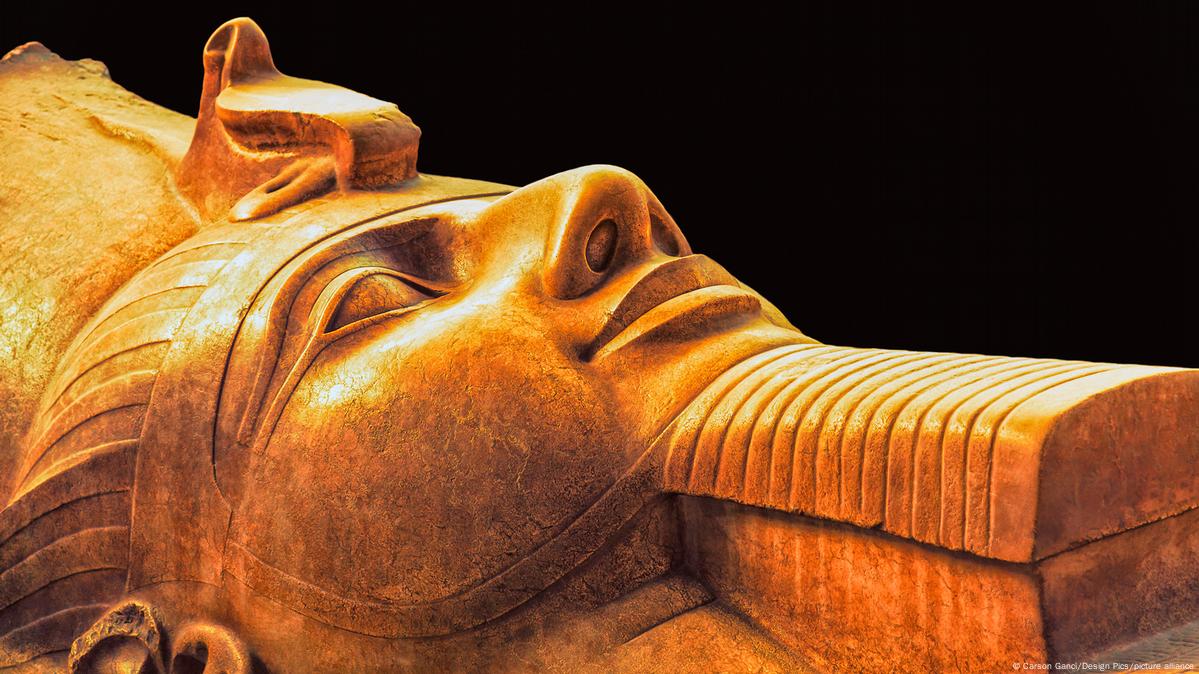Ancient Secrets in Stone: The Hidden Slab of Ramesses II
The Enigma of Ramesses II
Ramesses II, often referred to as "Ramesses the Great," is recognized as one of Ancient Egypt's most powerful pharaohs. His reign spanning over six decades marked an era replete with prosperity, architectural feats, and familial accomplishments. His impressive lineage includes over 100 children, and he reached the venerable age of 90. His original burial site was in the Valley of the Kings, a haven for Egypt's elite.
Discovery of the Hidden Slab
Unearthing History in Abydos
The story begins in Abydos, one of Ancient Egypt's oldest cities. Here, in 2009, a significant granite fragment was uncovered. The inscriptions and decorations suggest that this sarcophagus had been repurposed, used first by an unknown dignitary and later by a high priest named Menkheperr around 1000 BC.

"The key to unlocking history often lies within the overlooked and forgotten." - Archaeological saying
The Role of Egyptologist Frédéric Payraudeau
Egyptologist Frédéric Payraudeau from Sorbonne University, Paris, embarked on a meticulous journey deciphering the hieroglyphics on this ancient fragment. He posits that the fragment held the coffin of none other than Ramesses II himself, marking a significant breakthrough in Egyptology.
- The engraving hints that it was crafted during the New Kingdom, a period that flourished between the 16th and 11th centuries BC.
- The slab's text supports theories about reburials commonly practiced for royal figures.
Understanding Sarcophagi
The Significance of Stone Coffins
Sarcophagi in ancient cultures, particularly in Egypt, Rome, and Greece, were stone coffins designed to honor and house the deceased. Often embellished with intricate motifs and hieroglyphics, they portrayed a story of the occupant's importance and stature. Around Ramesses II, such symbolism reigns supreme, revitalizing the historical narrative surrounding his legacy.
Explore similar sarcophagi on Amazon.
Future Implications and Broader Understanding
While the information decoded by Payraudeau could change our perception of pharaonic Egypt, it also prompts further exploration into ancient burial practices and the significance attached to reusing sarcophagi. This revelation may lead to additional findings, offering profound insights into the past.
The Continuing Fascination with Ramesses II
The allure of Ramesses II and Ancient Egypt continues to be a source of fascination for historians and enthusiasts alike. Through continuous research and modern technology, the quest to unveil more about this glorious era prevails. Delve deeper into the mysteries of Egyptian history by exploring scholarly articles on Archaeology Magazine and videos on YouTube.
